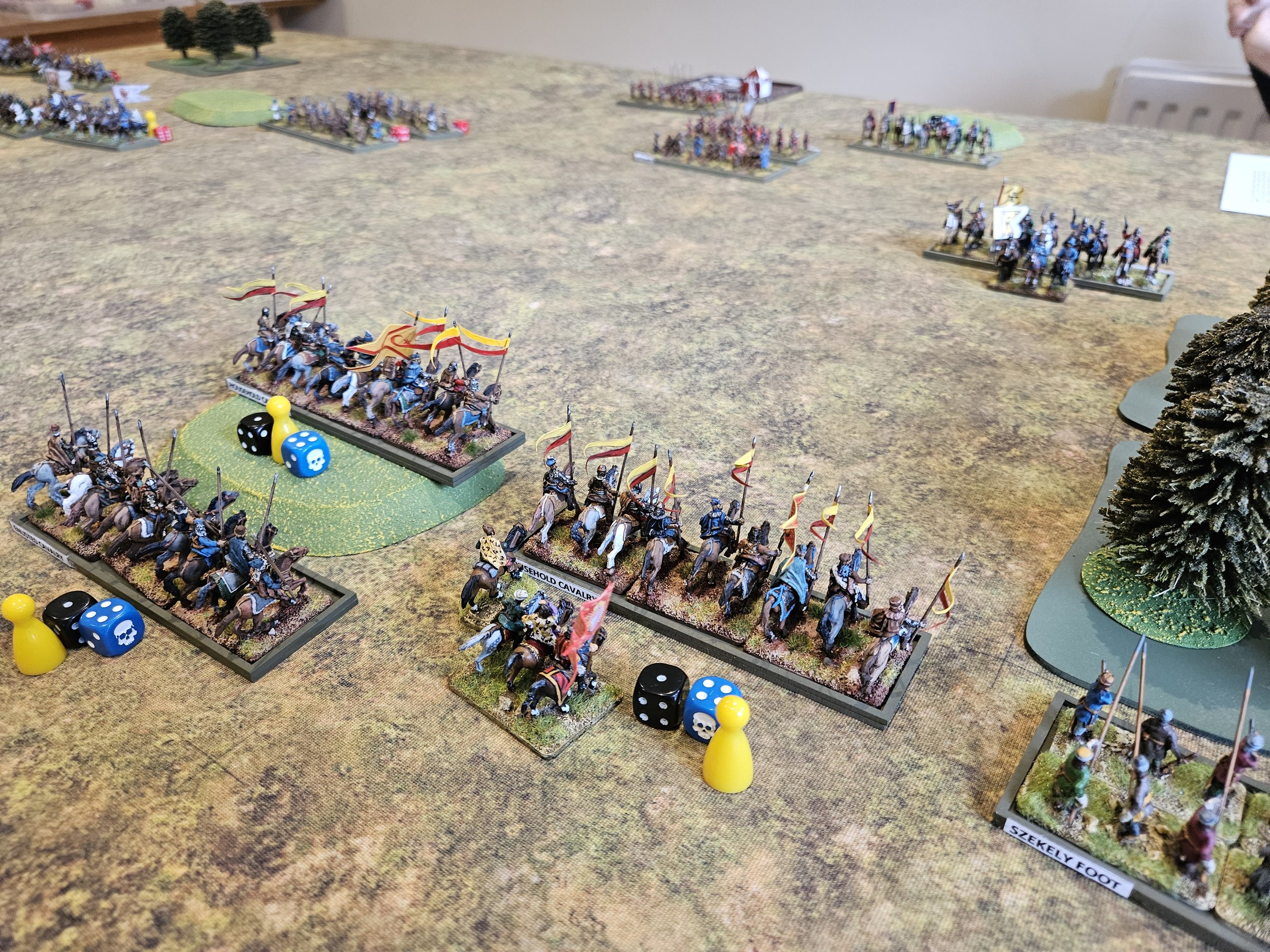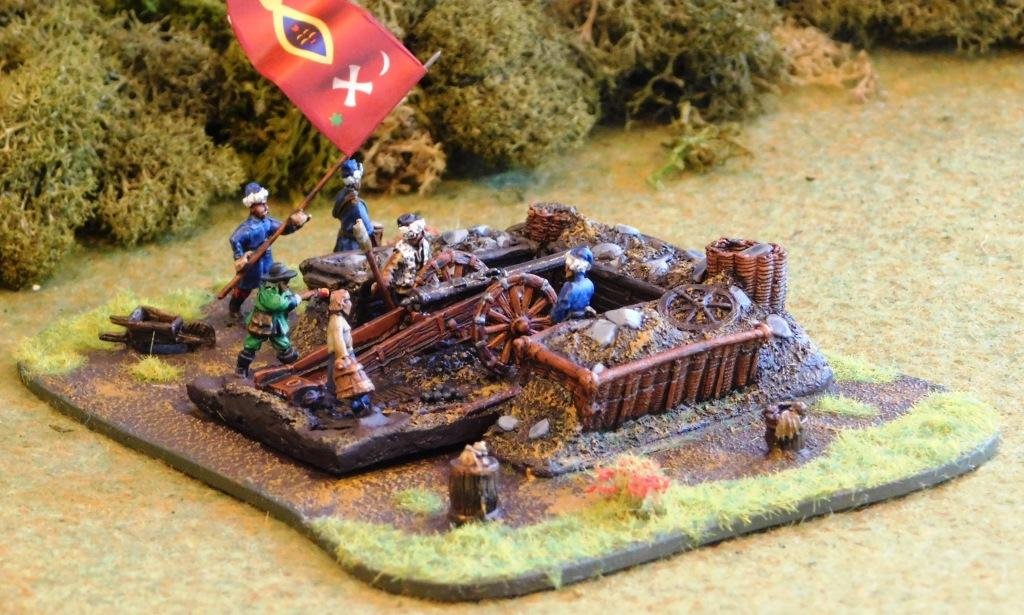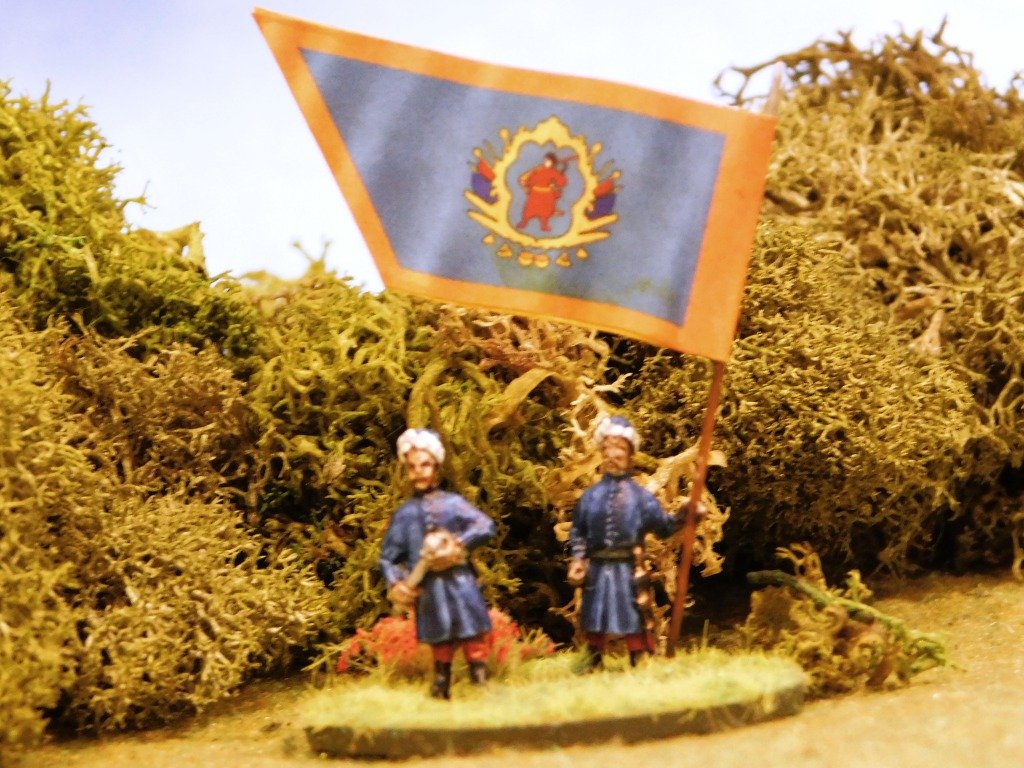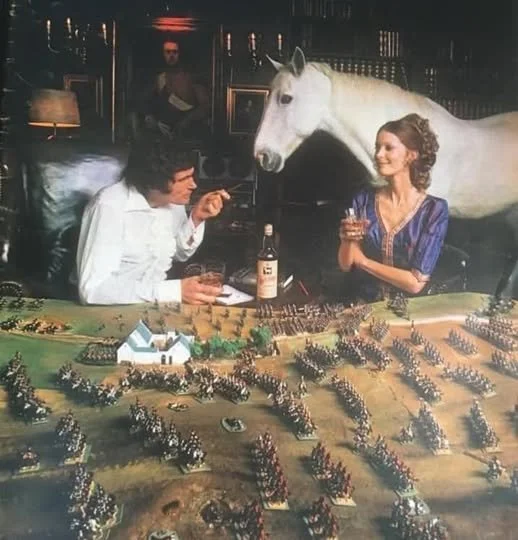Hittite City Gates from Red Copper/Baueda
/I needed a camp for my Hittites so thought I would follow what I’ve been doing so far and use the Red Copper STL of a Hittite City Gate that looked pretty good to me.
The only problm is that I wanted the camp to fit on a 10cm x 10cm base and the size of the full tower-gate-tower of the original was just over 15cm in width. No problem: those nice people at Baueda scaled and printed the components for me so that they fit beautifully onto one of my camp bases.
The individual pieces linked together well, with only a very slight bit of shaving to get a tight fit. Note that I left the rear end open to facilitate using the camp to store tokens etc during a game.
I painted the main towers and walls with a sponge (one of the sponges that protects figures in a blister pack will do the trick), then re-painted the stonework at the base of the walls in grey, washed with a Contrast grey, then highlighted with a lighter colour.
I did try drybrushing the walls in a light colour, but just couldn’t get the effect I wanted, so had to re-paint the test area again. On reflection, the un-drybrushed walls are a good contrast to the heavily drybrushed base.
I then painted the roofs and beams in a warm brown, and the window frames in what I would call a biblical blue.
All in all, I’m very happy with this kit: highly recommended.
Ottoman Command from Khurasan
Friend Rob was kind enough to paint some Ottoman command figures for me.
These are the Khurasan specials from their Ottoman range that I will use as officers and heroes.
Exquisite paint jobs!



















































